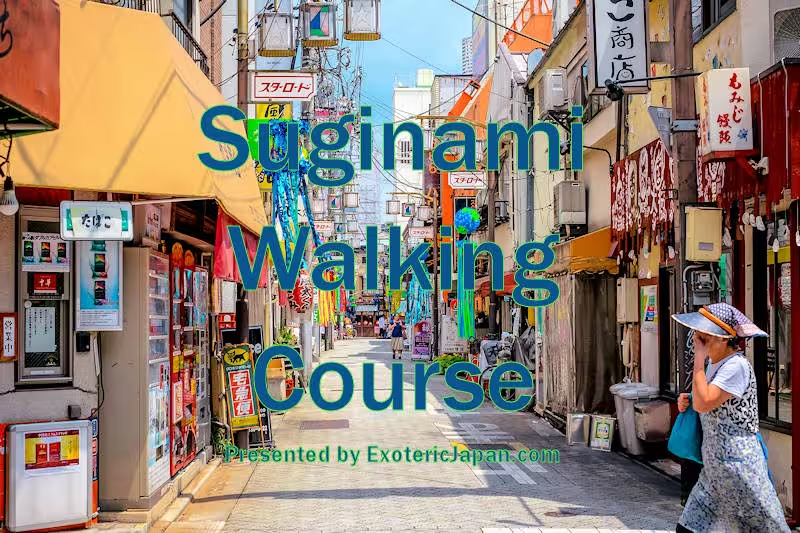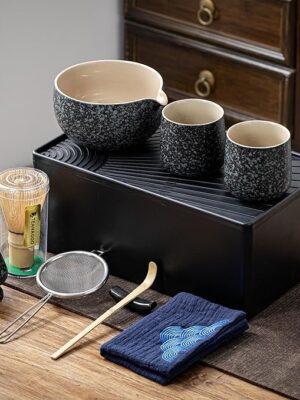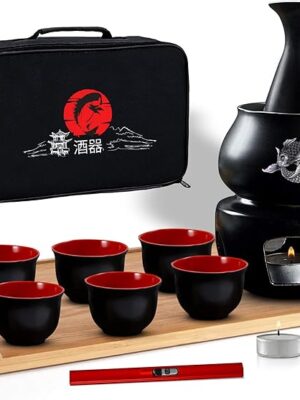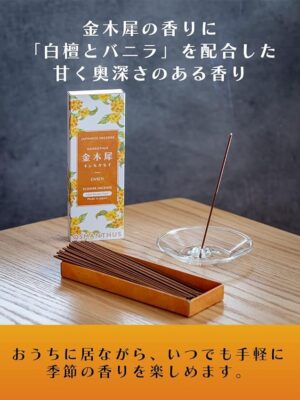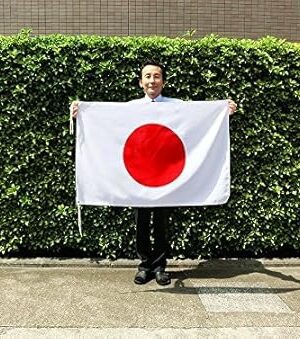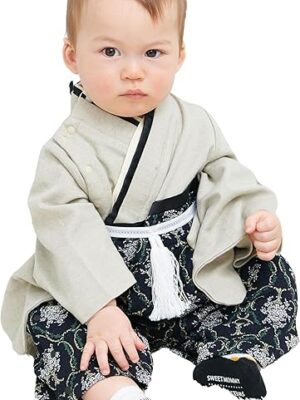Temples, temple towns, shrines, shopping streets and river walks
Amazon Affiliate Linked Japanese Goods Shop
-
Sale!
Miccostumes Anime Corps Cosplay Costume Uniforms
Original price was: $50.$40Current price is: $40. Check it out on Amazon -
Sale!
Women’s Easy Yukata Robe Casual Cotton Kimono for Summer
Original price was: $97.$75Current price is: $75. Check it out on Amazon
The Tokyo Promenade of History and Culture
Tokyo Walking Courses such as the Tokyo Promenade of History and Culture (aka 東京歴史と文化の散歩道) unveil the layers of Tokyo, from ancient echoes to vibrant modernity!
16.13 km in Total Length
Yakushi Heiwa Forest Walk
Arai Yakushi-mae Station – Koenji Station
Baishoin Yakuoji Temple is popularly known as Araiyakushi. Founded in 1586. The principal image, the Yakushi Nyorai statue, said to have been created by Kobo Daishi, is known as a Yakushi for raising children and a Yakushi for treating eyes, and has been worshiped since ancient times. On the 8th of every month, it is crowded with fairs. Walk around Heiwa-no-Mori Park (former site of Nakano Prison), which is a reproduction of a Yayoi period residence, and head to Waseda Street. Koenji station is very close.A walk around the ruins of shrines and temples
Koenji Station to Nishieifuku Station
Tour the temple towns that stretch north and south of Ome Kaido, from Koenji, which is connected to the third shogun Iemitsu, to Myohoji. Ome Kaido was originally a road that was crowded with people visiting shrines and temples near Edo, as well as people going on mountain walks. The name Suginami is said to have originated from the cedar trees planted along the road. Myohoji Temple is a famous temple of the Nichiren sect, known as Horinouchi’s evil-warming soshi. A fair is held on the 3rd of every month. After passing through Wadabori Park along the Zenpukuji River, head to Omiya Hachimangu Shrine. The Omiya ruins along the way were the cemetery of a nearby Yayoi village.Walking along the Kanda River
Nishieifuku Station – Takaido Station
From Nishi-Eifuku Station on the Inokashira Line, leave the track and head upstream of the Kanda River. This river, whose water source is Inokashira Pond, is Kanda Josui, the first water supply constructed under Edo Castle. It was called Josui until shortly after the war, to distinguish it from the downstream Kanda River, which was excavated as a moat. Cycling along the Josui cycling road to Tsukayama Park, known for the Tsukayama ruins. Water supply flows to Takaido Station on the Inokashira Line.Walk around Karasuyama Teramachi
Takaido Station – Chitose Karasuyama Station
From Takaido Station, go down Kanpachi Dori and onto the Chuo Expressway. After walking under the elevated railway for a while, you will eventually reach the temple town of Karasuyama, which is home to 26 temples of various sizes. Most of the temples were relocated from Asakusa, Tsukiji, Azabu, and Shiba areas to the suburbs due to the earthquake and subsequent land readjustment. After passing through Senkoji Temple, where the grave of Ukiyo-e artist Kitagawa Utamaro is located, and Kogenin Temple, which is famous for the arrival of ducks from Siberia (in early January), head to Chitose-karasuyama Station on the Keio Line.

